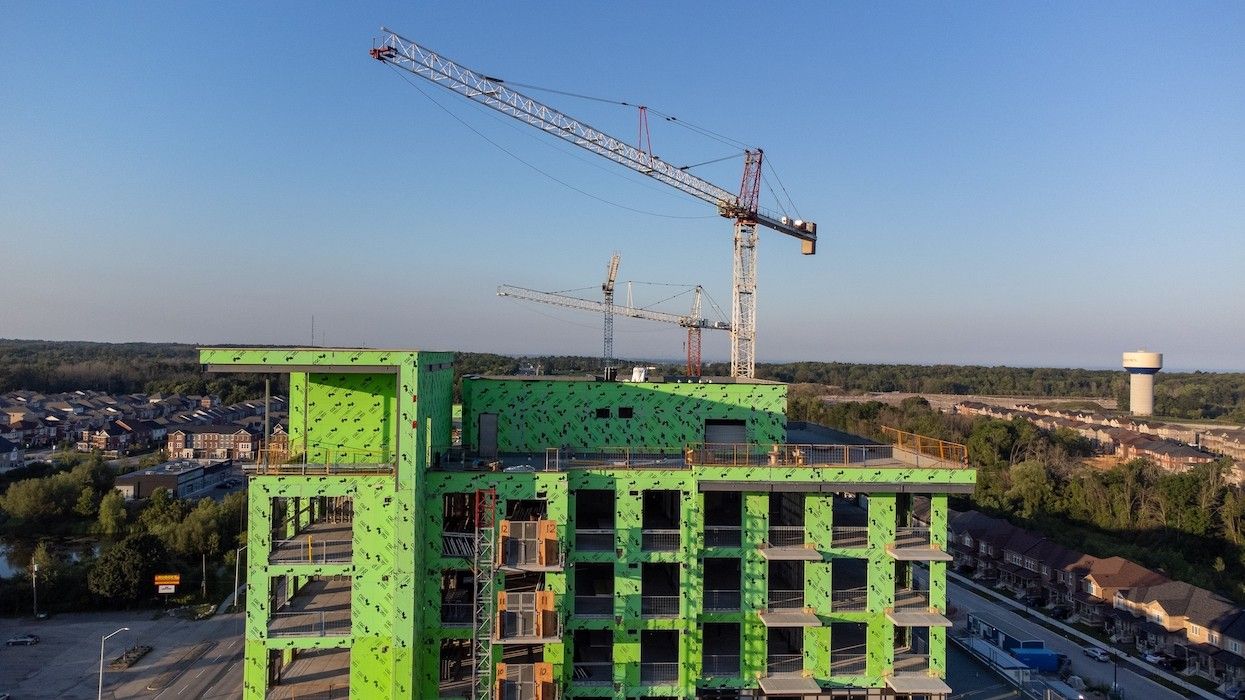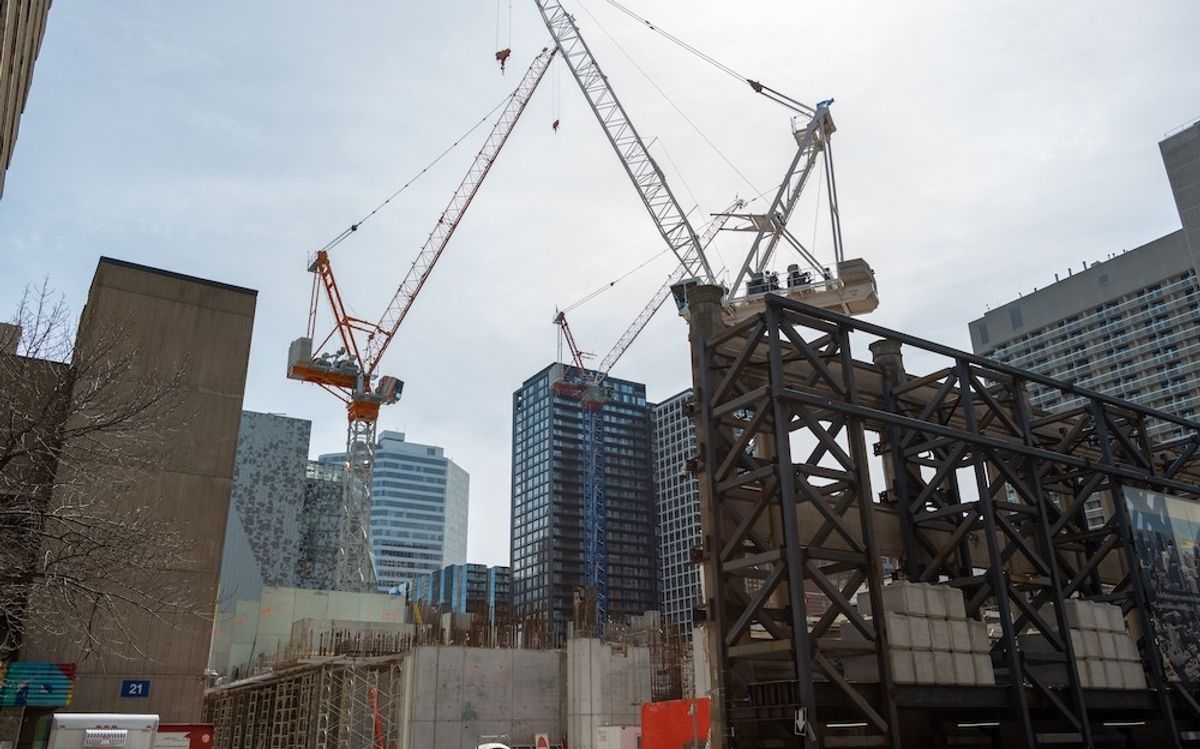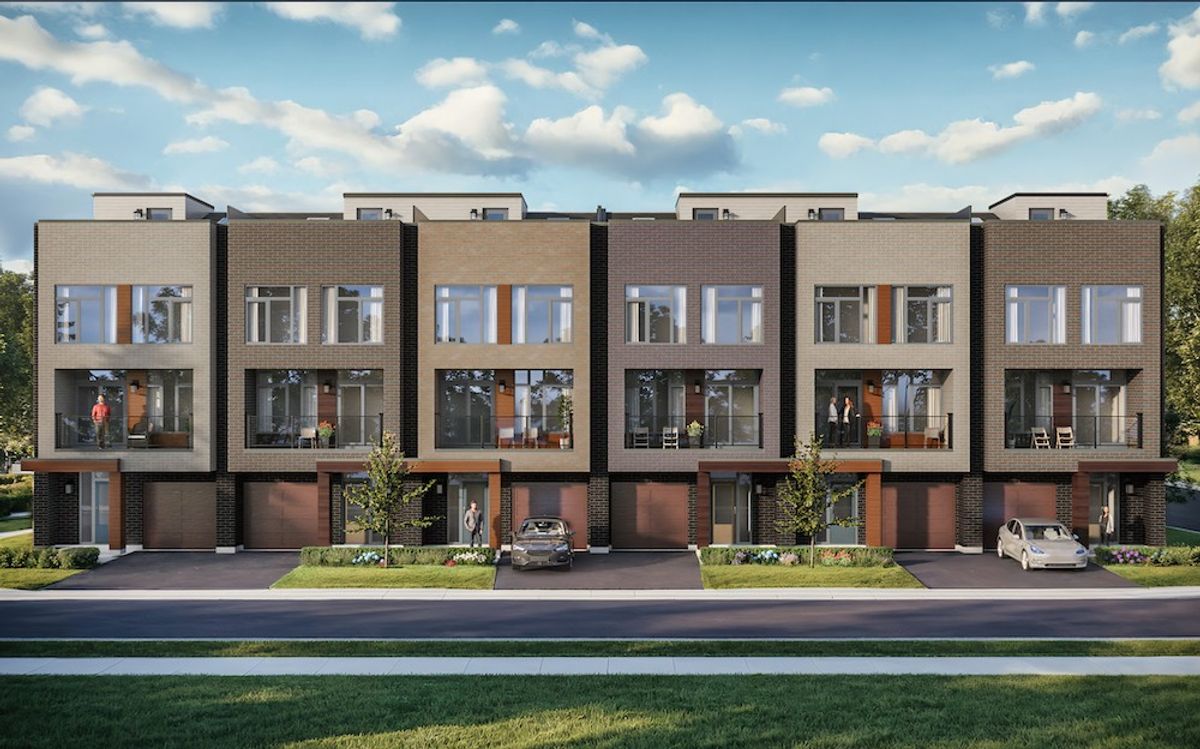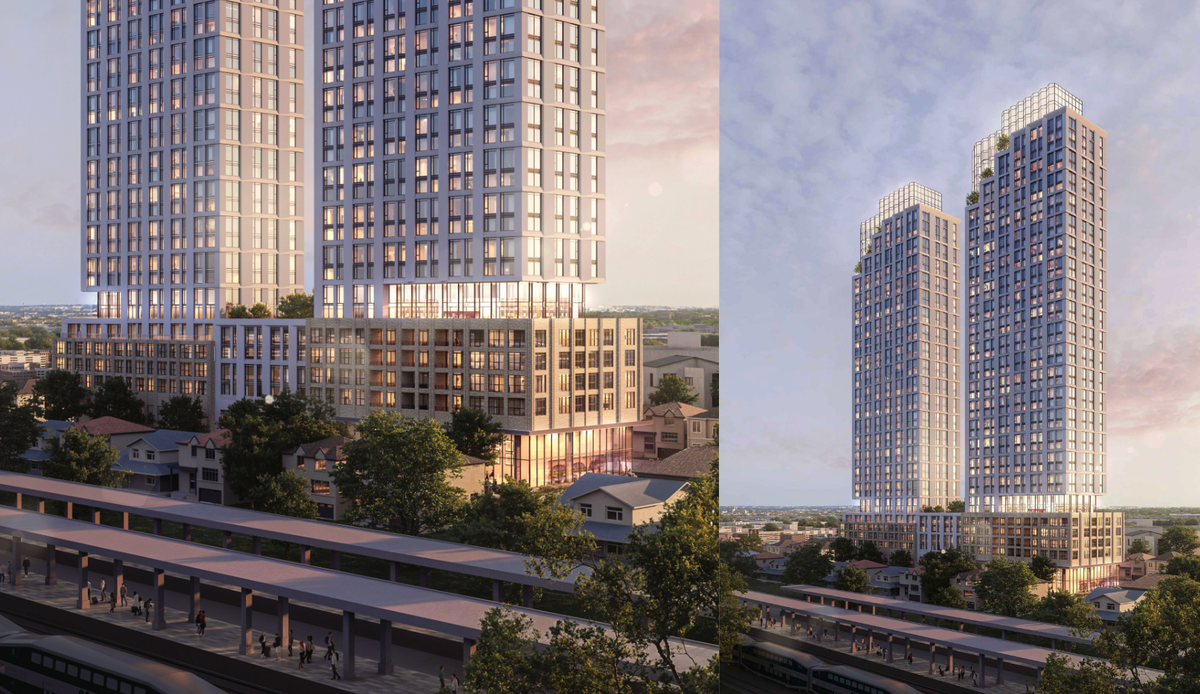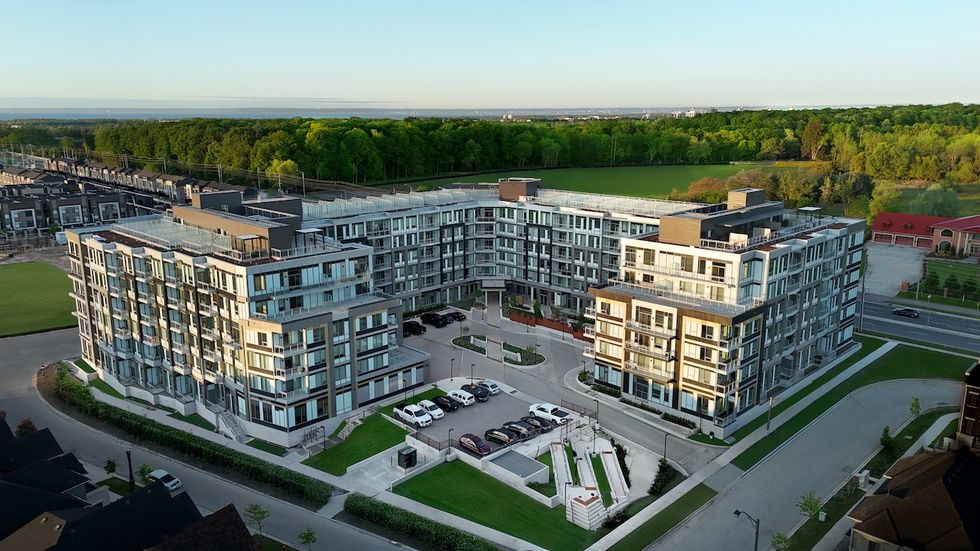British statesman Winston Churchill once said, “We contend that for a nation to try to tax itself into prosperity is like a man standing in a bucket and trying to lift himself up by the handle.”
In many ways, that characterizes what we are doing with development charges (DCs) on new housing. Municipalities are unilaterally imposing the levies on new development to foot the bill for capital costs of infrastructure like roads, water, sewage and power services to support growth.
In the end, it is self-defeating as new homeowners end up paying exorbitant fees that raise the cost of housing.
Over the years, there’s been tremendous mission creep with these charges. The funds are being used to pay for everything from subways to animal shelters and, in one instance, a cricket pitch.
In some municipal jurisdictions, such as in central Ontario, the GTA and Ottawa, DCs have become a runaway train. In Toronto, DCs on a two-bedroom condo increased to $88,000 from $8,000 over a 10-year period. Hikes like this put housing out of reach of most homebuyers.
And make no mistake. It is homebuyers that are footing the bill. While developers are the ones who initially pay the DCs when they obtain building permits, they are passed on to the buyers of new homes as part of the purchase price.
DCs are traditionally adjusted annually by municipalities to cover inflation and the increasing costs of infrastructure projects. However, these fees account for a large chunk of the tax burden on new housing.
A report for RESCON done by the Canadian Centre for Economic Analysis found that taxes, fees and levies on new housing has jumped to almost 36% in Ontario, up from 31% three years ago.
DCs are a main reason housing has become unaffordable. They are discretionary fees that municipalities can apply to developments to help pay for infrastructure to support new growth. However, there aren’t enough guardrails to stop municipalities from using DCs to fund items not related to housing.
The original idea behind DCs was noble, but they’ve have ballooned out of control. Municipal governments are adding items to the wish list. The levies have become a way of raising money without increasing taxes.
The result?
Prices for new homes and for renters in new properties have risen. It’s a form of hidden taxation.
As mentioned, a big problem has been that builders have had to pay for development charges upfront rather than on closing, which means they must finance the charges while projects are being built. Projects can take years, so it can be a hefty bill. The cost is then added to the price tag.
The math is simple. The higher the development charges are, the harder it is for people to buy housing. This results in fewer projects being started, which restricts housing and pushes up prices.
We’re now seeing that scenario play out in housing starts and sales figures. We are at the point where builders can’t build homes that people can afford to buy.
The provincial government recently introduced legislation called Bill 17, or the Protect Ontario by Building Faster and Smarter Act, 2025, that enables developers and builders to defer the payment of DCs until the property has been transferred to the ultimate buyer. This will save developers money both on payments and financing charges as well as reduce red tape.
It’s certainly a good start, but to really spur the market DCs ultimately need to be reduced. To fix the problem, the Province must get DCs under control and stop the abuse by municipal governments.
A few municipalities have stepped up and done the right thing. DCs in the City of Vaughan, for example, were cut in half because Mayor Steven Del Duca took action as nothing was being sold. The City of Mississauga followed suit, substantially cutting its DCs in January of this year.
Presently, Ontario’s municipalities are sitting on substantial DC reserve funds. Data shared by the provincial government indicates that the municipalities have $10 billion in the bank. Toronto has $2.8 billion of that figure, Durham Region has $1.1 billion and Ottawa has $800 million.
The Ford government has recommended that the money be used quickly to reduce the cost of building homes. Meanwhile, we are waiting to see what the federal government will do on DCs.
Prime Minister Mark Carney says Ottawa will be supporting municipalities that reduce DCs and we are hopeful significant measures will be introduced to support homebuilding in the budget this fall.
To alleviate the housing crunch, we must get DCs under control. The Province got the ball rolling with Bill 17. The Feds must now answer the bell.
